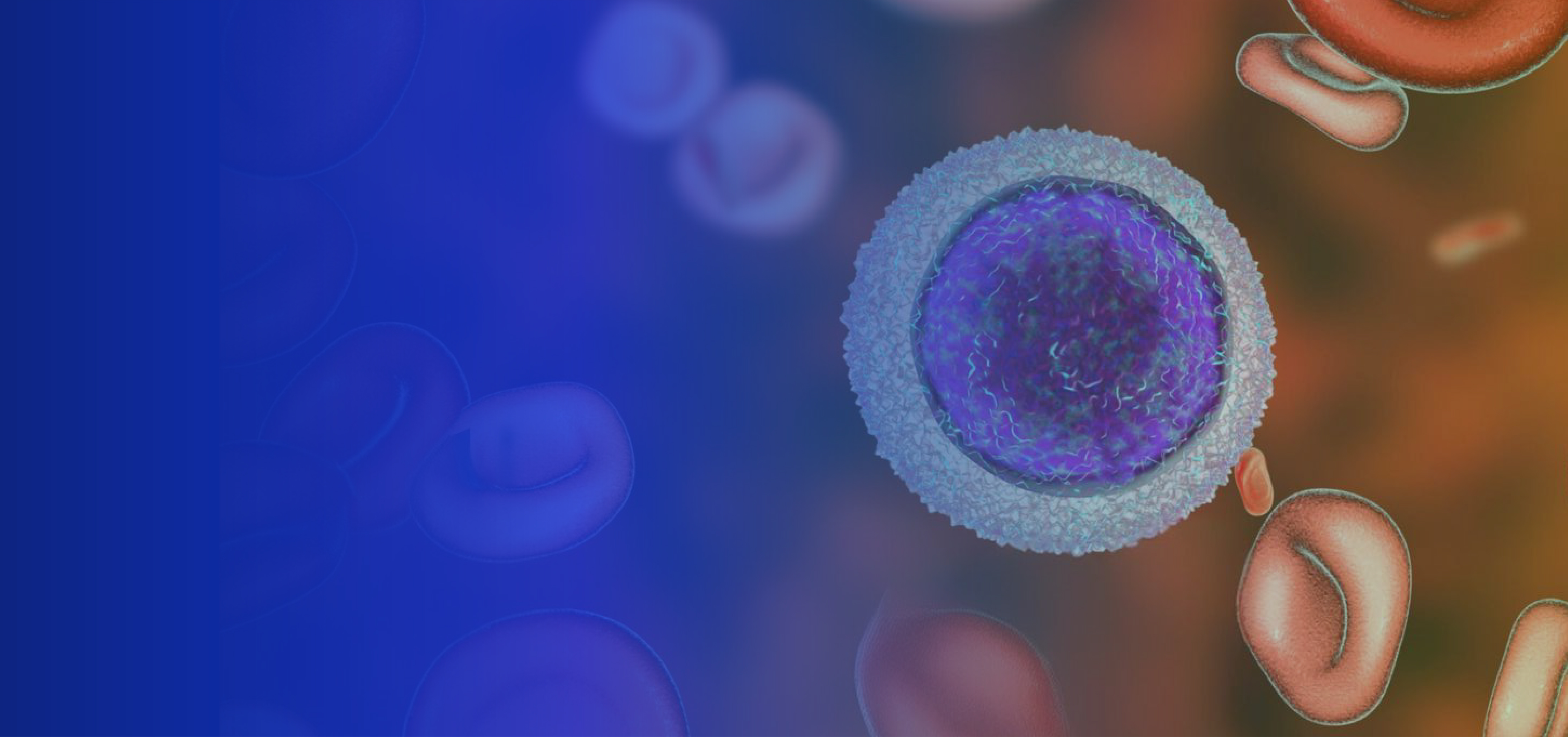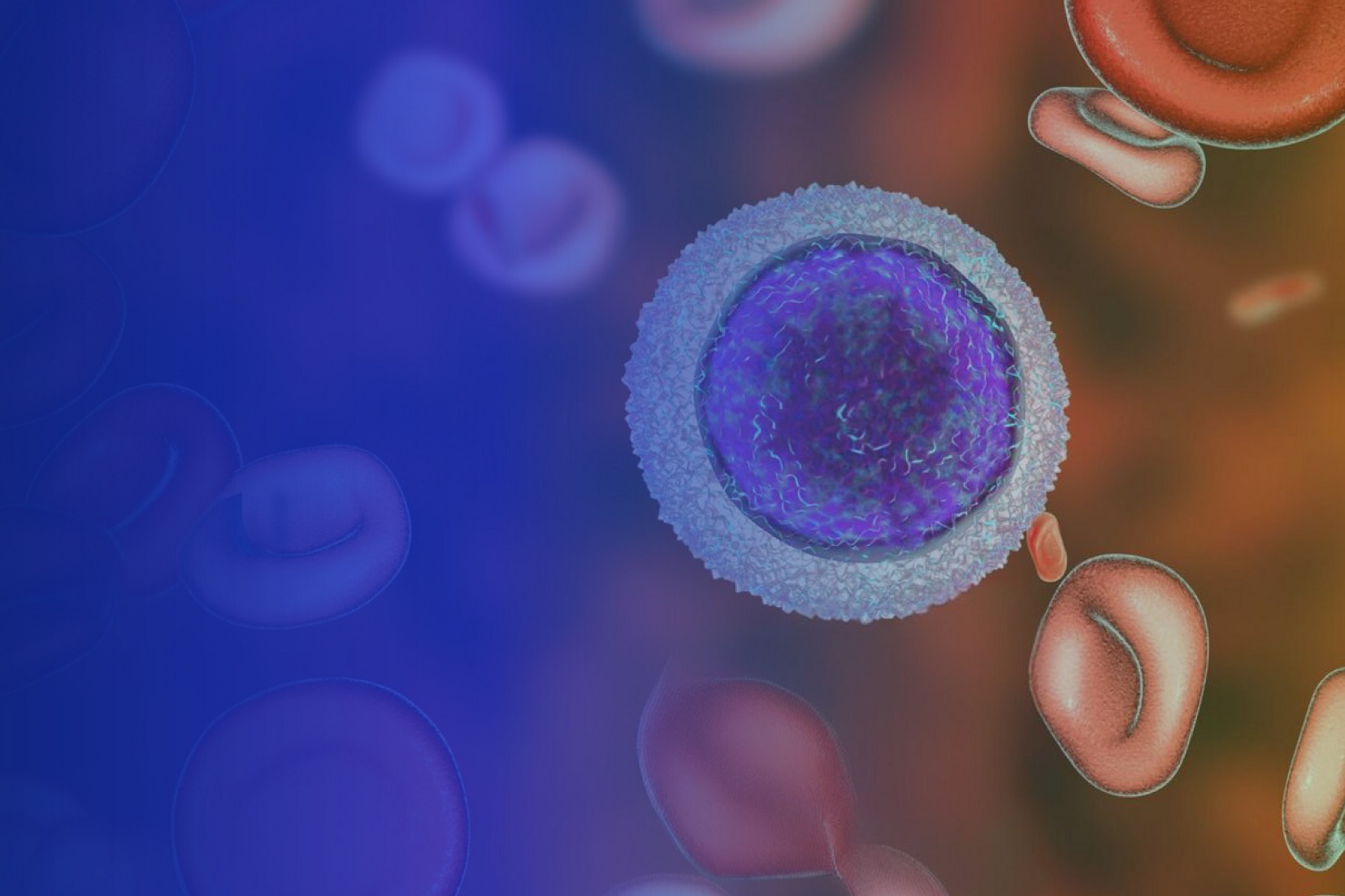


This article, with insights from Yuyan Chen, Director of Medicinal Chemistry, BioDuro, was originally published in the European Biopharmaceutical Review, Summer 2025, pages 54-56. Visit the website: European Biopharmaceutical Review, Summer 2025
Peptides have played a pivotal and continuously evolving role in new drug development for decades. Their journey began in the early era with the direct use of natural hormones like insulin and oxytocin/vasopressin as therapeutics. A major turning point came with the development of Solid-Phase Peptide Synthesis (SPPS) in the 1960s, which revolutionized the field by enabling the efficient, custom synthesis of peptides. This was followed by the advent of Recombinant DNA Technology in the 1980s, facilitating large-scale production, alongside early efforts to create peptide mimetics to improve stability. From the 2000s onward, significant focus was placed on chemical modifications such as PEGylation, lipidation, and cyclization to enhance key pharmacological properties like stability, half-life, and bioavailability. The modern era features highly sophisticated peptide modalities, including macrocyclization, stapled peptides, cell-penetrating peptides, and various forms of conjugated peptides, such as radiolabelled cyclic peptides. These advancements have led to the development of highly impactful drugs like Semaglutide, Tirzepatide, Lutathera, Pluvicto, MK-0616, and oral IL-23 receptor antagonists, demonstrating the profound transformation of peptides from simple natural products to complex, engineered therapeutics addressing diverse medical needs.
Peptides can be classified in several ways—by origin (native, synthetic, recombinant), by function (therapeutic, diagnostic, cell-penetrating, cosmeceutical), and by structure, which includes linear, cyclic, stapled, conjugated, peptidomimetics, and branched peptides.
Among these, structural differences most directly influence synthesis strategies. Linear peptides are typically synthesized via SPPS, where amino acids are sequentially added on a resin. Cyclic peptides are first assembled as linear chains by SPPS, then cyclized through methods such as lactam formation, disulfide bonding, thioether linkage, click chemistry, or ring-closing metathesis (RCM). Stapled peptides, often produced through RCM reaction, are designed to enhance α-helicity and cell permeability. Conjugated peptides—such as peptide-drug conjugates (PDCs), radiolabeled peptides (RDCs), or antibody-peptide conjugates (APCs)—are formed by linking peptides with functional moieties using various chemical linkers. Peptidomimetics include a broad category of modified peptides incorporating unnatural amino acids or structural constraints; they can be linear, macrocyclic, or polycyclic. Lastly, branched peptides or multi-antigenic peptides are synthesized by attaching multiple peptide arms to a central core, forming a tree-like structure that offers enhanced biological activity and stability, particularly valuable in vaccines and diagnostics.
SPPS is generally considered more efficient for most applications, but LPPS has advantages in specific scenarios.
In the early discovery stage, SPPS stands out for its high coupling and purification efficiency, as well as its suitability for high-throughput combinatorial and parallel synthesis. LPPS, on the other hand, is advantageous for synthesizing short peptides or peptide fragments. Combining both SPPS and LPPS can leverage their respective strengths and is often the optimal strategy.
In manufacturing stage, SPPS is more adaptable to large-scale GMP production. It benefits through high automation and follows standardized protocols (Fmoc/t-Boc), which are well-established and compliant with regulatory requirements.
LPPS is better suited for synthesizing hydrophobic or difficult peptides that tend to aggregate on resin, or for conjugating peptide segments. In certain cases, LPPS can also reduce solvent usage compared to SPPS.
In conclusion, SPPS remains the preferred method for most therapeutic peptides due to its scalability, automation, and compatibility with high-throughput drug discovery, while LPPS remains valuable for short peptides and specialized cases requiring improved solubility or segment assembly.
Working in peptide synthesis—whether using solid-phase (SPPS) or liquid-phase (LPPS) methods—requires strict safety measures due to the use of hazardous chemicals, reactive reagents, and potentially bioactive peptides. To protect personnel from chemical, biological, and physical risks, proper use of Personal Protective Equipment (PPE) is essential. All operations should be carried out in fume hoods with adequate lab ventilation to prevent the accumulation of toxic vapors. Waste management must follow clear protocols: organic solvents, toxic reagents, and peptide residues should be segregated, and trifluoroacetic acid (TFA) waste must be neutralized (e.g., using bicarbonate) before disposal. Needles and syringes used for reagent handling should be discarded in puncture-resistant containers. Emergency readiness is also critical — laboratories must be equipped with spill kits, eye wash stations, safety showers, and first aid supplies. In addition, comprehensive safety training and proper documentation are required to ensure consistent awareness and compliance with safety procedures.
The field of peptide synthesis is rapidly evolving, driven by advances in artificial intelligence (AI), automation, and novel chemical technologies. AI-assisted design tools such as AlphaFold and RoseTTAFold are being adapted to predict peptide structures and interactions, significantly accelerating early-stage discovery. In parallel, generative AI models like GPT-4 and GANs can design novel peptide sequences with improved stability, binding affinity, and solubility, offering new possibilities in rational peptide engineering.
Automation is also transforming synthesis workflows. Companies like Bristol Myers Squibb and Merck are deploying robotic SPPS systems that self-optimize in real time, while cloud-controlled synthesizers allow remote monitoring and parameter adjustment. Continuous-flow peptide synthesis and microfluidics are enhancing scalability, solvent efficiency, and reproducibility, with startups like NanoTag Biotech pioneering chip-based synthesis for rapid, miniaturized production. AI-driven purification and analytical platforms could further streamline downstream processing by enabling autonomous compound characterization.
In parallel, novel chemical strategies are emerging. Enzymatic peptide synthesis (EPS) using engineered ligases and sortases provides a greener, highly selective alternative to traditional coupling. Light-activated chemistries, including photocleavable protecting groups and UV/Vis-triggered reactions, offer spatiotemporal control and reduce side-product formation. These techniques expand the chemist’s toolbox for building complex or sensitive peptide structures. Sustainability is becoming a core focus in modern peptide production. Solvent-free approaches such as mechanochemistry (e.g., ball-milling), along with eco-friendly solvents like ionic liquids and supercritical CO₂, are being explored to reduce environmental impact. In vitro systems, including ribosome display, mRNA display, and cell-free protein synthesis (CFPS), are enabling on-demand peptide production with minimal waste and high specificity.
Advancements in quality control and formulation are also shaping the field. AI-enhanced mass spectrometry supports real-time MS/MS analysis and sequence validation, while blockchain technologies offer secure batch traceability in GMP manufacturing. On the formulation side, AI-based tools are being used to predict peptide degradation pathways, facilitating the development of long-acting injectables and oral formulations. In parallel, nanocarrier systems and peptide-drug conjugates (PDCs) are being computationally designed for precise, targeted delivery.